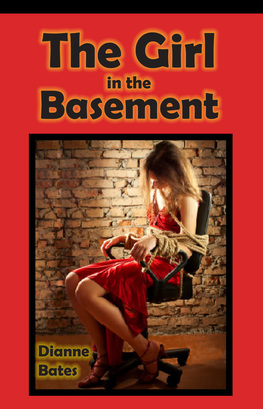 Seeing Claire’s anxious face, Mum added, ‘But I love you. And your dad loves you. It’s just that we don’t love one another. Now I’ve found Mac, someone I like more than your dad. And I want to live with my two favourite people – you and Mac. Do you understand?’
Seeing Claire’s anxious face, Mum added, ‘But I love you. And your dad loves you. It’s just that we don’t love one another. Now I’ve found Mac, someone I like more than your dad. And I want to live with my two favourite people – you and Mac. Do you understand?’
Claire nodded, but didn’t really understand. All she understood for sure, was how she felt. She wanted to live with Dad forever.
Claire loves both her parents, but her mum has been keeping secrets from her dad, and now she’s told Claire that they have to leave. Mum and Dad have had lots of fights, and Dad has even hurt Mum sometimes. But he’s never hurt Claire, and she isn’t happy about leaving him behind and going to live with Mum’s new friend, Mac. Hopefully, it will only be temporary and Mum and Dad will reunite so Claire can live with her ‘real’ family.
For younger readers, To the Moon and Back explores the issue of family breakup, and the impact of both domestic violence and new relationships on children. Claire faces problems which all too many young readers will be familiar with, either in their own lives or in the lives of their peers and Bates tries to make the issues accessible by showing them through the eyes of a child.
To the Moon and Back, by Dianne Bates
Big Sky Publishing, 2017
ISBN 9781925520293

